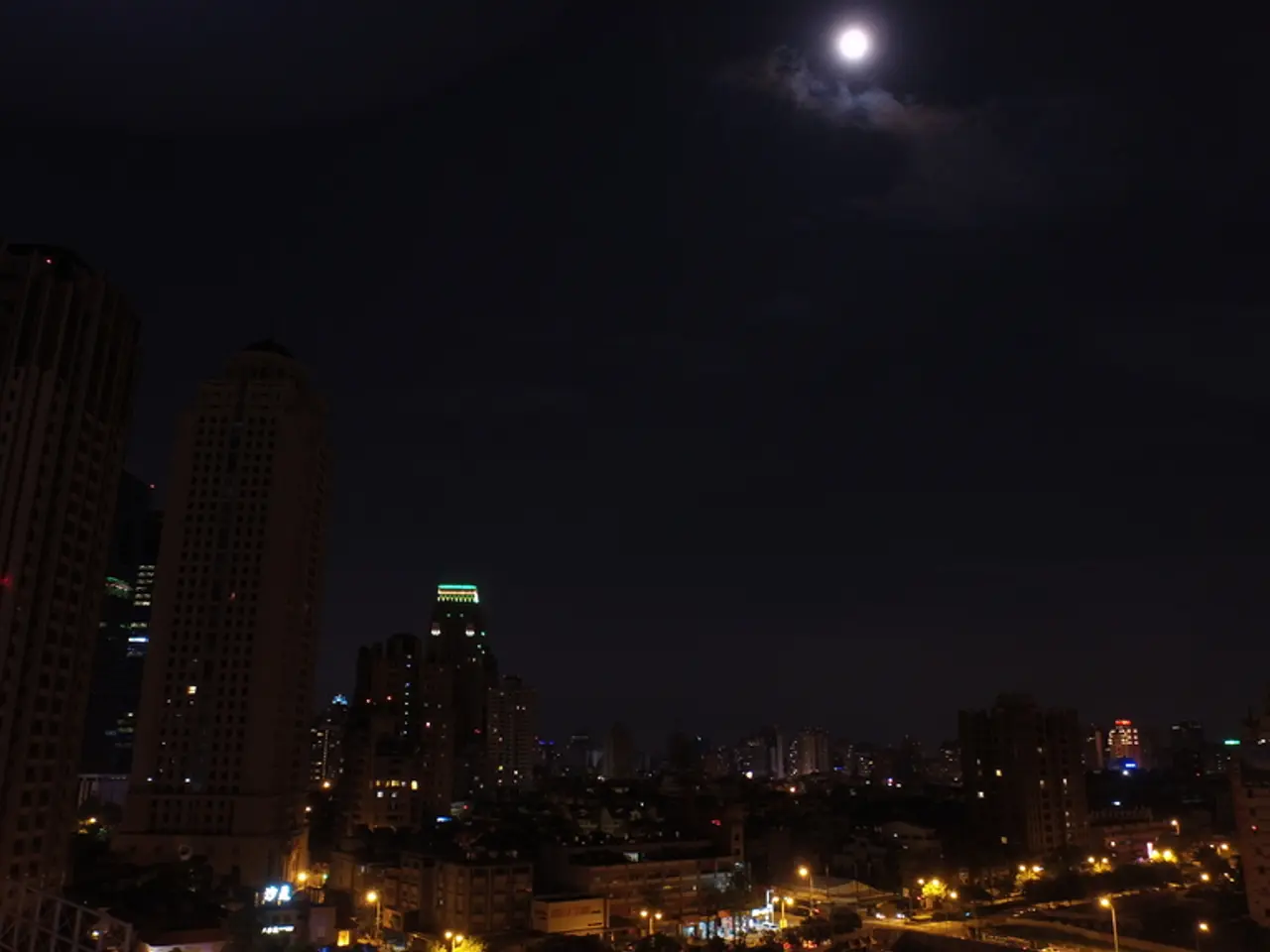Cinematic trends or artistic shifts in filmmaking styles and genres
In the mid-1960s, a groundbreaking shift swept through the world of film, giving birth to the New Wave movements that would forever change the landscape of cinema. From the vibrant streets of Paris to the bustling metropolis of Hollywood, filmmakers across the globe embraced artistic vision, social relevance, and stylistic experimentation.
The New Wave movements, which spanned from the 1950s to the 1980s, represented a radical departure from traditional studio-driven filmmaking. These movements, including the French New Wave (Nouvelle Vague), New Hollywood, and various regional new waves such as Hong Kong’s, shared several key characteristics and influences.
One of the defining features of New Wave cinema was the emphasis on directorial autonomy and auteurism. Filmmakers were recognised as personal artists whose signature styles and visions shaped their films, departing from the traditional studio-driven approach. This shift saw the emergence of edgy, morally ambiguous protagonists, non-linear storytelling, and the use of handheld cameras, jump cuts, improvised dialogue, and breaking the fourth wall.
Social and political engagement was another hallmark of New Wave cinema. Films addressed contemporary issues, reflecting disillusionment with authority, war, social norms, and generational divides. Frank depictions of sexuality, violence, and cynicism were common, especially in movements like New Hollywood.
Many new wave filmmakers worked outside the mainstream studio system, often with limited resources, fostering creative risk-taking. The low-budget, independent production nature of New Wave cinema allowed for a more authentic and raw portrayal of the world.
New Wave cinema was also heavily influenced by existentialist philosophy, literary modernism, and the visual arts, pushing the boundaries of conventional storytelling. The French New Wave, for instance, rejected classical Hollywood storytelling, embracing spontaneity and realism, while the Hong Kong New Wave integrated martial arts with modern storytelling, influencing global action cinema.
The impact of these New Wave movements was profound. The experimentation of New Wave cinema influenced future filmmakers, encouraging innovation in cinematography, editing, and narrative structure. New wave movements inspired regional revivals worldwide, such as the Iranian New Wave, Taiwanese New Cinema, and others. The frankness and personal touch of New Wave cinema changed audience expectations and opened doors for diverse voices in film production.
In summary, the New Wave movements fundamentally reshaped cinema by prioritising artistic vision, social relevance, and stylistic experimentation, leaving a lasting legacy on global film culture. The movements, while diverse in their regional and cultural influences, shared a common goal: to push the boundaries of conventional filmmaking and create a more authentic, engaging, and thought-provoking cinematic experience.
Art cinema, a term often associated with the New Wave movements, gained prominence as filmmakers worldwide embraced this revolutionary approach to filmmaking. The New Wave movements, with their focus on auteurism, social relevance, and stylistic experimentation, transformed the entertainment industry by elevating film into a form of art.






